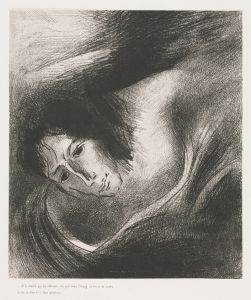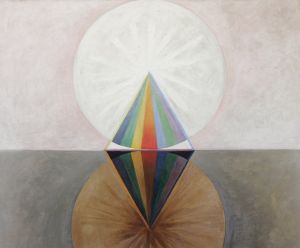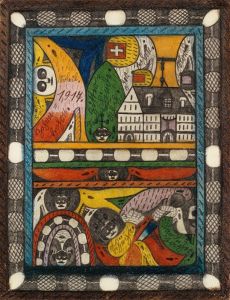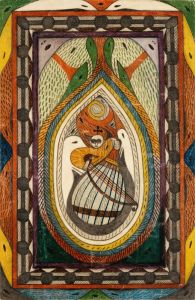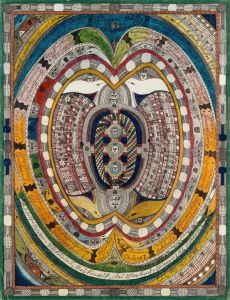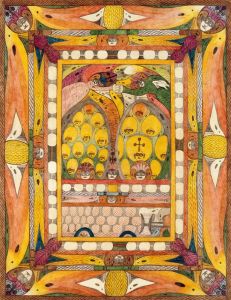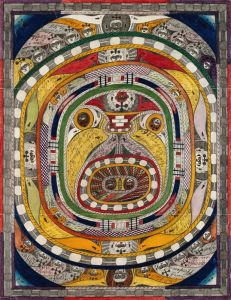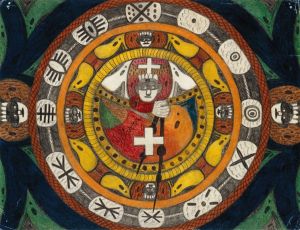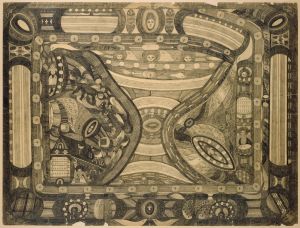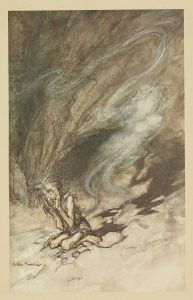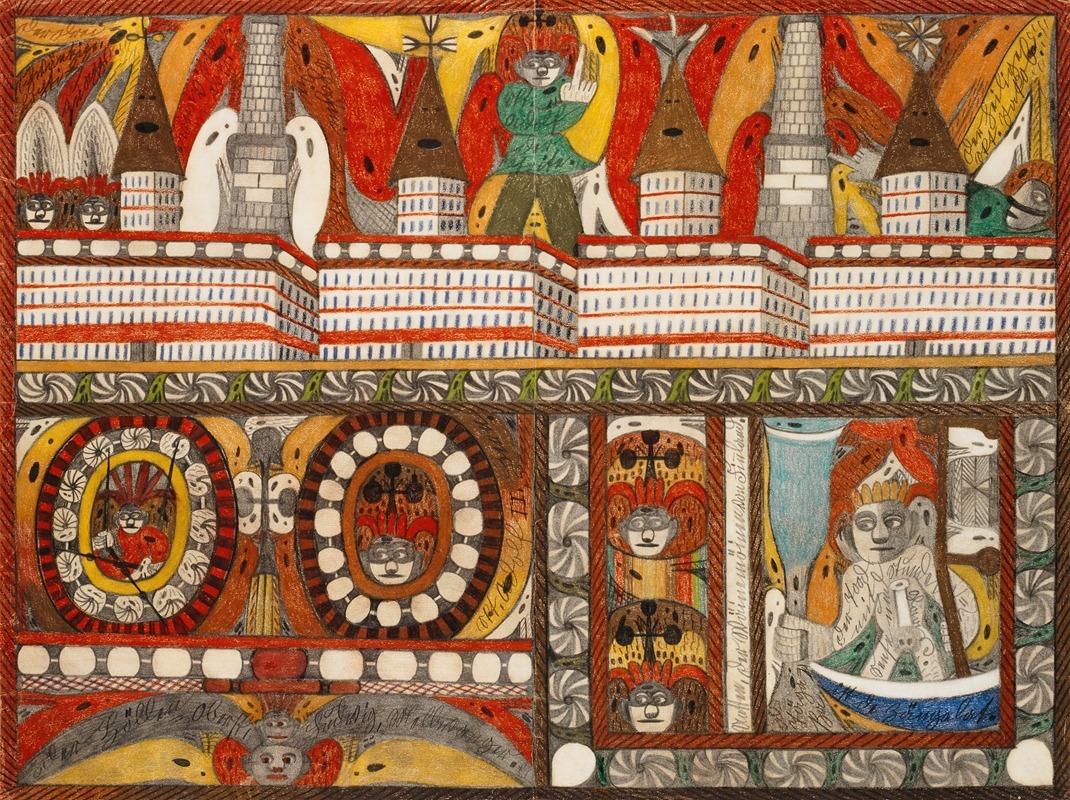
Die furchtbare Riesen=Brunst Deer Riesen=Stadt, Mutter=Kohrn,=Ost=Wand=Hall
A hand-painted replica of Adolf Wölfli’s masterpiece Die furchtbare Riesen=Brunst Deer Riesen=Stadt, Mutter=Kohrn,=Ost=Wand=Hall, meticulously crafted by professional artists to capture the true essence of the original. Each piece is created with museum-quality canvas and rare mineral pigments, carefully painted by experienced artists with delicate brushstrokes and rich, layered colors to perfectly recreate the texture of the original artwork. Unlike machine-printed reproductions, this hand-painted version brings the painting to life, infused with the artist’s emotions and skill in every stroke. Whether for personal collection or home decoration, it instantly elevates the artistic atmosphere of any space.
Adolf Wölfli (1864–1930) was a Swiss artist and writer, widely regarded as one of the most significant figures in the field of outsider art. His works, created during his long-term residency at the Waldau Psychiatric Clinic in Bern, Switzerland, are characterized by their intricate detail, vivid imagination, and unique combination of text, music, and visual art. Wölfli's art often reflects his inner world, blending autobiographical elements with fantastical narratives.
"Die furchtbare Riesen=Brunst Deer Riesen=Stadt, Mutter=Kohrn,=Ost=Wand=Hall" is one of Wölfli's many works, created as part of his extensive artistic output during his time at the clinic. Like much of his oeuvre, this piece is a mixed-media work that combines drawing, writing, and musical notation. Wölfli's art is known for its dense, symmetrical compositions, often featuring geometric patterns, fantastical imagery, and text that weaves together fictional stories, autobiographical elements, and invented musical scores.
The title of this work, translated roughly as "The Terrible Giant Blaze of the Giant City, Mother Korn, East Wall Hall," reflects Wölfli's tendency to create elaborate and imaginative titles that evoke a sense of drama and grandeur. The content of the piece, like many of his works, likely incorporates elements of his personal mythology, which he developed over decades. This mythology often included themes of cosmic journeys, grandiose cities, and apocalyptic visions.
Wölfli's artistic process was deeply tied to his life in the psychiatric institution. Diagnosed with schizophrenia, he began creating art as a therapeutic activity under the encouragement of Dr. Walter Morgenthaler, a psychiatrist at Waldau. Morgenthaler later published a monograph on Wölfli titled Ein Geisteskranker als Künstler ("A Psychiatric Patient as Artist") in 1921, which brought Wölfli's work to the attention of the art world.
Today, Wölfli's works are celebrated for their originality and complexity. They are preserved and exhibited in institutions such as the Adolf Wölfli Foundation at the Museum of Fine Arts in Bern. His art has influenced numerous artists and scholars and remains a cornerstone of the outsider art movement.
Specific details about "Die furchtbare Riesen=Brunst Deer Riesen=Stadt, Mutter=Kohrn,=Ost=Wand=Hall" are limited, as much of Wölfli's work has not been individually analyzed or documented in depth. However, it is representative of his broader artistic style and thematic concerns.





